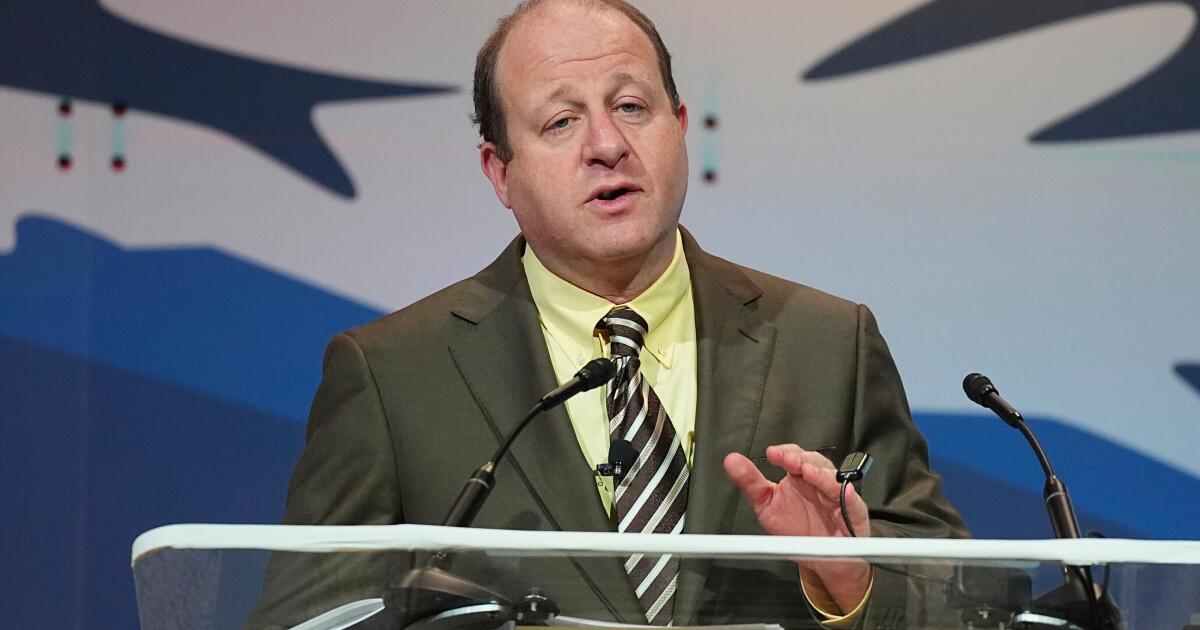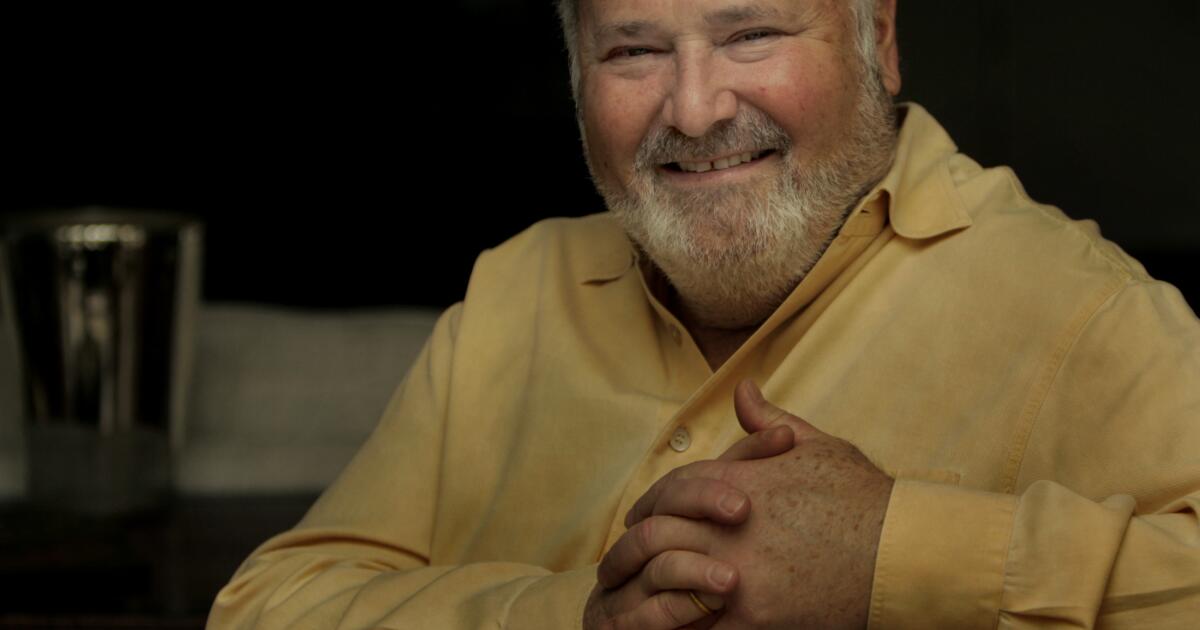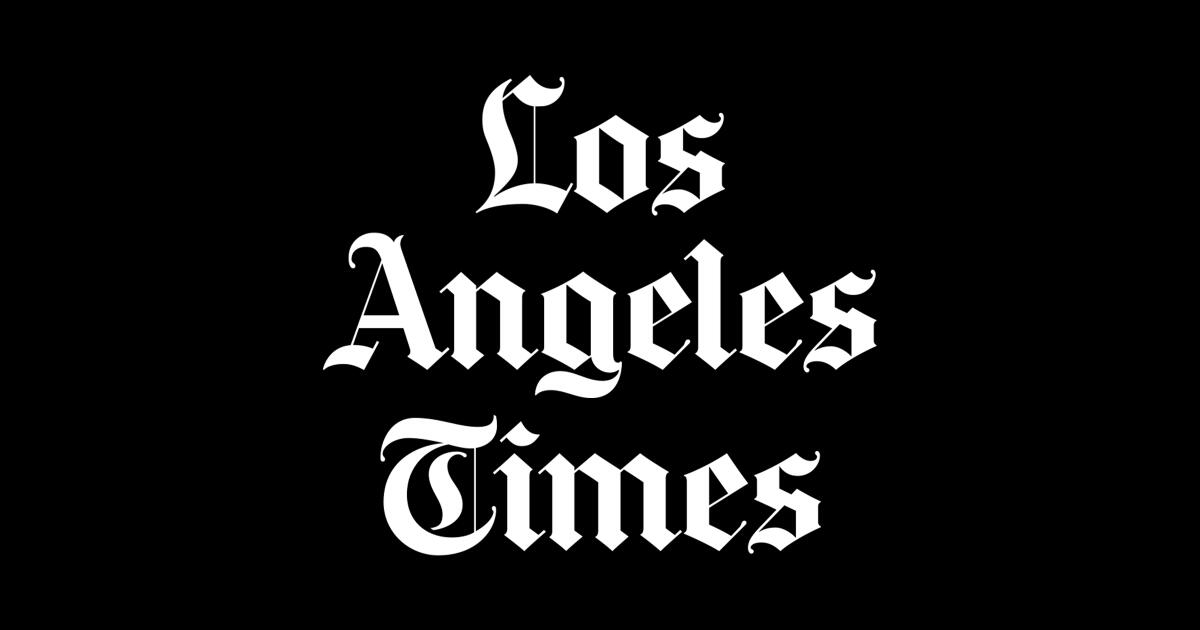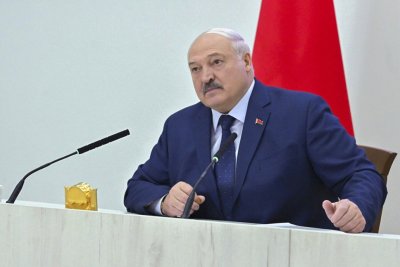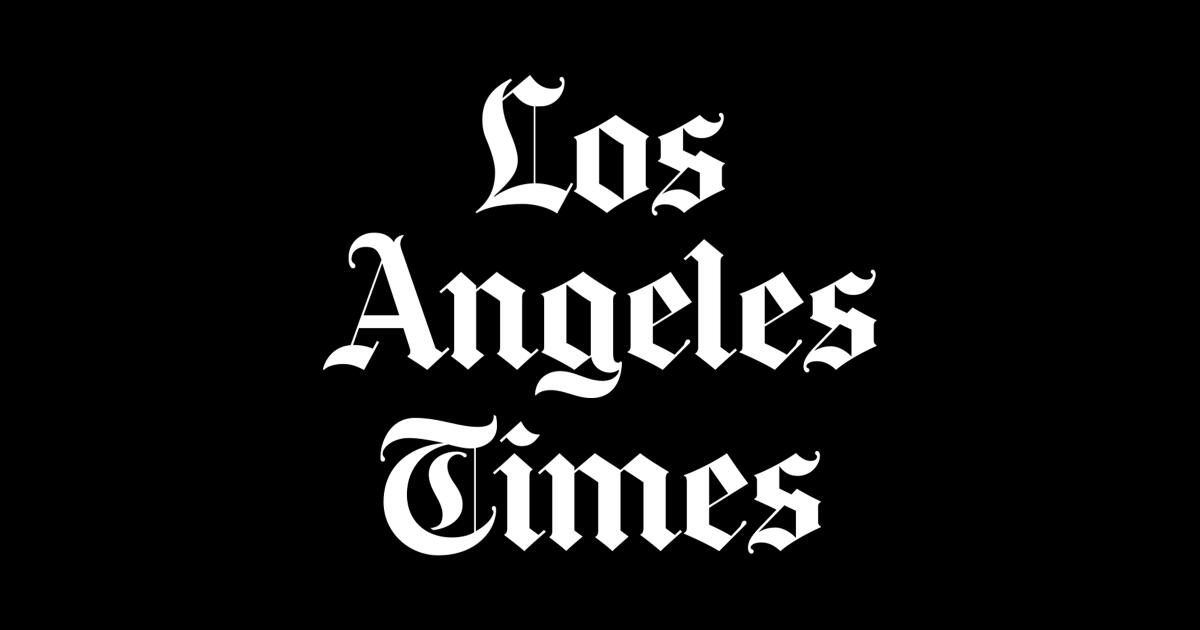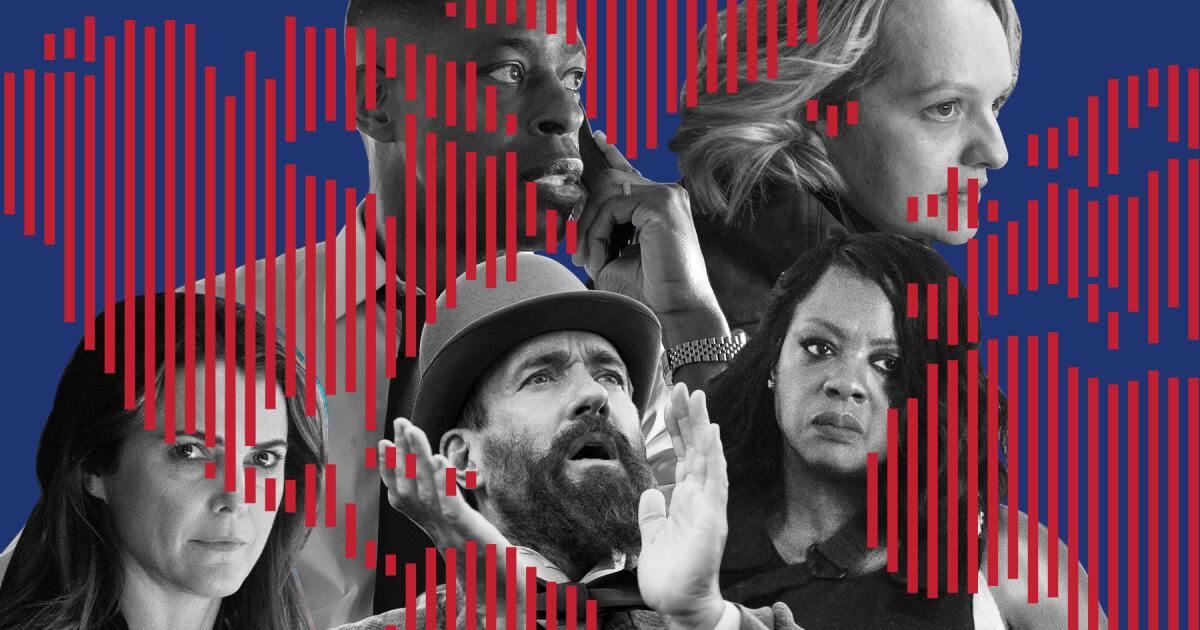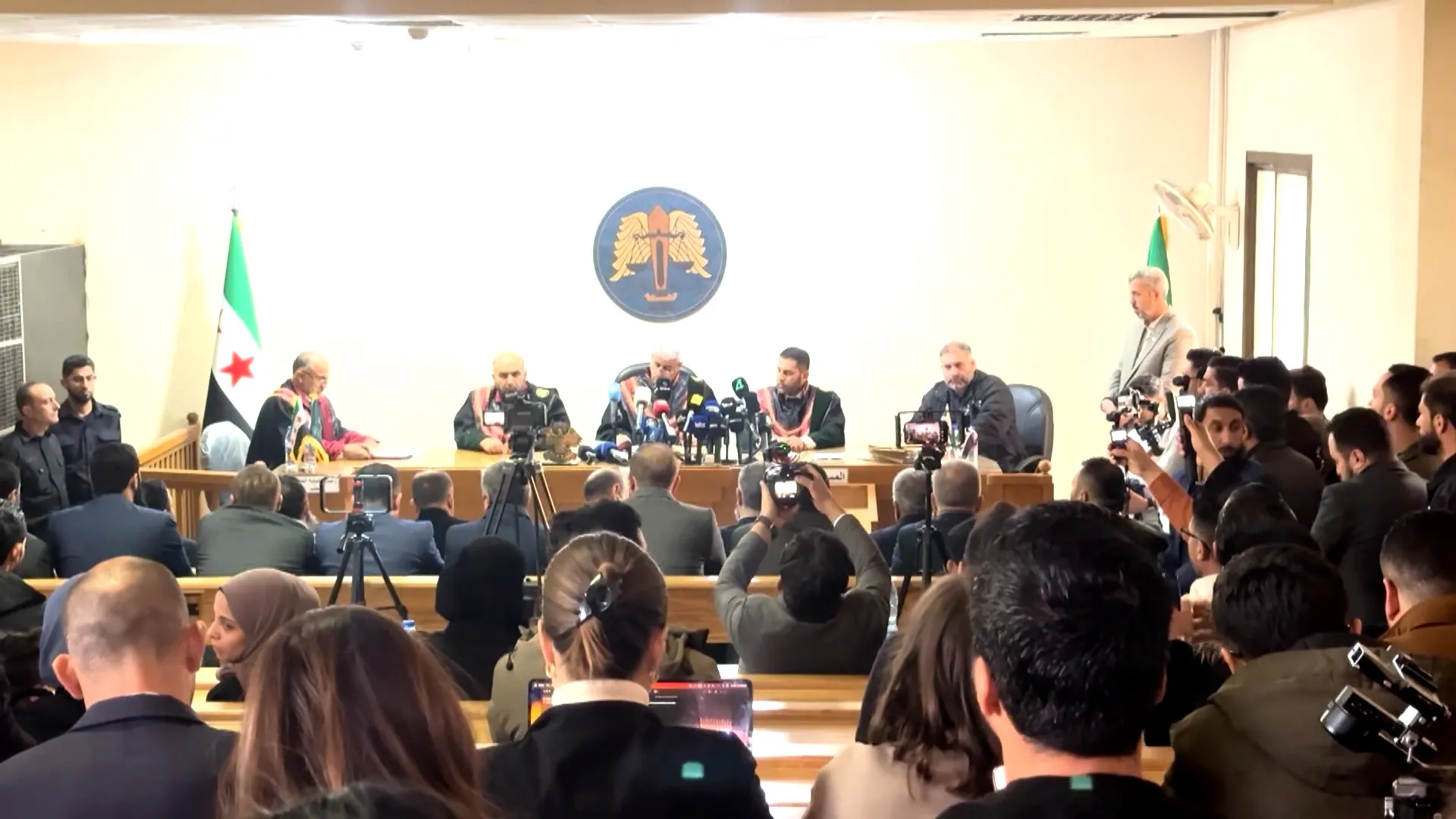Geraldine A. Ferraro, the savvy New York Democrat who was embraced as a symbol of women’s equality in 1984 when she became the first woman nominated for vice president by a major party, died Saturday at Massachusetts General Hospital in Boston. She was 75.
The cause was complications from multiple myeloma, her family said.
Ferraro was diagnosed with multiple myeloma, an incurable form of blood cancer, in 1998. She did not disclose her illness publicly until 2001, when she went on NBC’s “Today” show and said she had beaten the cancer into remission with thalidomide, the once-banned drug that had proven effective with some end-stage cancers. The cancer recurred, but she again went into remission after therapy with a new drug.
Initially told that she had three to five years to live, she survived for more than 12 years, long enough to witness the historic candidacies of two other women in 2008: Hillary Rodham Clinton, the former first lady and current secretary of State who ran against Barack Obama for the Democratic presidential nomination, and Sarah Palin, the former Alaska governor who was Republican Sen. John McCain’s running mate.
Ferraro was “a pioneer in our country for justice and a more open society,” former Vice President Walter Mondale told the Associated Press of his former running mate. “She broke a lot of molds, and it’s a better country for what she did.”
Palin also praised Ferraro, writing in a Facebook message that she “broke one huge barrier and then went on to break many more.”
Ferraro’s 1984 candidacy was seen as a potentially powerful weapon to turn the emerging “gender gap” of the 1980s to the advantage of the Democratic Party, which sought to regain the White House after Ronald Reagan’s first term.
But her four-month campaign almost immediately hit rough waters. She was bashed by critics who questioned the finances of her husband, John Zaccaro, a Manhattan real estate developer. A devout Roman Catholic, she was repeatedly assailed by New York’s archbishop, the late John J. O’Connor, for her views supporting abortion rights. She also endured insinuations of mob connections as the first Italian American on a national ticket.
“I was constantly being asked, ‘Was it worth it?’ Of course it was worth it!” she wrote in “Framing a Life, A Family Memoir,” published in 1998. “My candidacy was a benchmark moment for women. No matter what anyone thought of me personally, or of the Mondale-Ferraro ticket, my candidacy had flung open the last door barring equality — and that door led straight to the Oval Office.”
Her nomination astonished some of the most stalwart feminists. Among them was Ms. magazine founder Gloria Steinem, who had predicted that 1984 would be the year that politicians talked seriously about putting a woman on the national ticket, not “the year they actually did it.”
Over the next two decades, other women achieved milestones in national politics. Janet Reno became U.S. attorney general, Madeleine Albright was named secretary of State, and Nancy Pelosi became speaker of the House.
Their path was eased by Ferraro, who believed that a childhood tragedy set up her moment in history.
“I’ve often said that if my father hadn’t died, I might not have done anything,” Ferraro once told Steinem in an interview. “I saw my mother left suddenly with kids and no money…. I wanted to be able to take care of myself and not miss a beat.”
Born Aug. 26, 1935, in Newburgh, N.Y., she was the pampered daughter of Antonetta and Dominick Ferraro, Italian immigrants who had lost a son, Gerard, in a car crash and were so overjoyed at her birth a few years later that they named her Geraldine, in memory of him.
Dominick Ferraro ran a successful restaurant in Newburgh. When business fell on hard times, he turned to running a numbers game and was arrested. On the morning he was to appear in court, he died of an apparent heart attack. Ferraro was 8.
She became seriously anemic — doctors told her she had internalized her grief — and was unable to attend school for months. Strapped for money, her mother moved the family to a cramped Bronx apartment and took a job as a crochet beader. By scrimping on meat and other luxuries, she managed to send Ferraro to Marymount, an exclusive parochial school in Tarrytown, N.Y., and later to Marymount Manhattan College.
Ferraro graduated and became an elementary school teacher in Queens. At night she put herself through Fordham Law School, one of two women in a class of 179 whose professors resented her for “taking a man’s rightful place.”
Years later, when she was raising three children of her own and finally had begun to practice law, Ferraro split her legal fees with her mother and kept her maiden name in tribute.
She took the bar exam two days before her wedding in 1961 and passed, but Zaccaro did not want his wife to work, so she spent the next 13 years as a homemaker in upper-middle-class Forest Hills, N.Y. Their first child, Donna, was born in 1961, followed by John Jr. in 1964 and Laura in 1966.
She balanced her domestic responsibilities with pro bono work for women in family court and became the first woman on the board of the Forest Hills Gardens Corp. She also was elected president of a women’s bar association.
In 1974, when her youngest child was in second grade, she went to see her cousin, Queens Dist. Atty. Nicholas Ferraro, who hired her as a prosecutor. Within three years she was promoted to chief of the special victims bureau, in charge of sex crimes, child abuse, rape and domestic violence cases. It was emotionally draining work, but she won six jury trials, aided, according to a review by American Lawyer magazine, by her “straightforward eloquent approach” and “meticulous courtroom preparation.”
Her years as a prosecutor transformed her from a “small-c conservative to a liberal,” she later said. And it would lead her to adopt a supportive view of abortion that would put her in conflict with her church.
“You can force a person to have a child, but you can’t make the person love that child,” Ferraro wrote, reflecting on the child abuse cases she prosecuted. “I don’t know what pain a fetus experiences, but I can well imagine the suffering of a four-year-old girl being dipped in boiling water until her skin came off and then lying in bed unattended for two days until she died. And that was only one of the cases seared in my memory.”
In 1978, Ferraro formally entered politics. Running for Congress on the slogan “Finally, a tough Democrat,” she won by a 10% margin despite being snubbed by local party leaders.
She was reelected twice by even larger margins — 58% in 1980 and 73% in 1982.
She studiously strove to avoid the pitfalls of being a rookie and one of the few women in Congress. After overhearing a male colleague’s putdown of a new female member who “couldn’t find her way to the ladies’ room,” Ferraro mentally mapped out her exact route whenever she headed out the door. “Silly, right? And totally inconsequential,” she said. “But nothing is worse than looking as if you don’t know where you’re going.”
A quick learner, she soon caught the attention of House Speaker Tip O’Neill, who called her “a regular since the day she arrived.” She was in many ways an old-fashioned politician who could schmooze and glad-hand with the most wizened colleagues. O’Neill rewarded her with seats on the Democratic Steering and Policy Committee and the House Budget Committee, as well as the position of secretary to the House Democratic Caucus. Male colleagues found her effective but, as then-Rep. Leon E. Panetta described her, “not a Bella Abzug type,” a reference to the late New York congresswoman and feminist leader known for her confrontational style.
Ferraro supported a nuclear freeze, opposed Reagan’s tax-cut proposal, upheld support for social programs for the poor, elderly and children, and was a strong supporter of Israel. She was passionate about abortion rights and championed the Equal Rights Amendment. She also voted against mandatory busing for integration and for tuition tax credits for parochial schools, positions that won favor in her conservative, largely blue-collar district. Her record earned a description in Time as “a New Deal Democrat with a good seasoning of traditional family values,” an appealing balance that eventually would help her leap onto the national stage.
While she was building her career in Washington, interest in the gender gap began to intensify. Proportionally more men than women had voted Reagan into office in 1980. Many partisans began to take note of the fact that he had won by 8.4 million votes, a margin that they hoped could be overturned the next time by some 30 million unregistered women of voting age.
In late 1983, the drumbeat for a female vice president began at a conference of the National Organization for Women, the nation’s largest feminist group. Polls began to ask whether a woman on the ticket would make a difference, and the answer was coming back as yes.
In Washington, a group of politically connected Democratic women began a stealth campaign. Calling themselves Team A, they prodded prominent Democrats to publicly endorse the concept of a female vice president. Eventually, Mondale, Gary Hart and Edward M. Kennedy spoke favorably of the idea. The ad-hoc group floated names of potential candidates, including women then in Congress such as Barbara Mikulski of Maryland and Pat Schroeder of Colorado, and then-San Francisco Mayor Dianne Feinstein. They encouraged women in the national media to write about putting a woman on the ticket.
Early in 1984, after vetting the possibilities, the group decided that the woman with the most voter appeal was Ferraro. Over a Chinese takeout dinner, Team A broached the subject with her. Would she “stay open to the idea of becoming the actual nominee” if the concept caught on? Ferraro recalled her reaction: “I was flabbergasted and flattered.” The possibility of her nomination struck her as extremely remote, but she agreed to become the focus of the team’s efforts.
To raise her national profile, she went after a prominent role in the upcoming Democratic National Convention and became the first woman to be platform chair. She earned high marks for averting a potential convention revolt by delegates pledged to Hart and Jesse Jackson, who ultimately were satisfied that the platform reflected their views.
While she labored over the platform, prominent figures, including House Speaker O’Neill, began to drop her name as a contender for the No. 2 spot on the ticket.
By early July, she was regularly mentioned as a finalist on Mondale’s list, along with San Antonio Mayor Henry Cisneros, Los Angeles Mayor Tom Bradley, Philadelphia Mayor Wilson Goode, Kentucky Gov. Martha Layne Collins, Texas Sen. Lloyd Bentsen, and Feinstein. The party front-runner summoned her to Minnesota for an interview, but she nearly pulled herself out of contention after leaks from a high-ranking Mondale staffer resulted in stories deriding her prospects.
The waiting ended July 11 when Mondale popped the question: Would she be his running mate?
“I didn’t pause for a minute,” Ferraro wrote in “Ferraro: My Story,” published in 1985.
At a news conference that day, an unusually effervescent Mondale said — twice — “This is an exciting choice.”
Among the pundits who agreed was New Yorker political analyst Elizabeth Drew. Ferraro’s selection, she wrote, was “a lightning bolt across the political landscape.” It not only would help Mondale energize female voters, Hart supporters and independents, but would bolster the staid image of the Minnesota Democrat who, in a stroke, had “reduced ? the assumption that he is incapable of bold action.” Dragging by double digits in the polls, Mondale had grasped his “best, and perhaps only, hope” for victory in November.
On July 19, Ferraro strode onto the stage at San Francisco’s Moscone Center to accept her party’s nomination. She was greeted by roars of “Gerr-reee! Gerr-reee!” from what looked like a sea of jubilant women, many of them non-delegates who had finagled floor passes to witness this stirring moment in the nation’s history.
“My name is Geraldine Ferraro,” the then-48-year-old declared, for once slowing her usual staccato style of speech. “I stand before you to proclaim tonight, America is the land where dreams can come true for all of us.”
The mood “was so electric that just being female felt terrific,” Maureen Dowd wrote in the New York Times.
But none of Ferraro’s years in Congress prepared her for the hurricane that was coming.
The media clamored for interviews, amassing in such numbers that Capitol Hill police roped off her office to keep them at bay. More than 50,000 letters and gifts — ranging from books to a boxing glove — poured in by election day.
Within two weeks of her nomination, the flak began to hit.
Critics blasted her for taking the statutory exemption to withhold information about her husband’s finances on disclosure statements required of members of Congress. And John Zaccaro was attacked for improperly borrowing money from the estate of an 84-year-old widow. He later was removed as conservator. In subsequent weeks the public would learn that Ferraro had improperly loaned money to her first House campaign in 1978, and that Zaccaro and Ferraro had underpaid their taxes that year.
In the blur of campaigning, Ferraro approved a news release that mistakenly said she would release her husband’s tax returns. When she subsequently refused to release the returns, the candidate with a dangerous tendency toward flippancy told a reporter: “You people who are married to Italian men, you know what it’s like.”
Immediately she knew she had made a terrible gaffe. She had meant that Italian men tended to be private about their personal affairs, but her remark was interpreted as an ethnic slur. It also fueled debate about Ferraro’s toughness, with critics contending if she wasn’t strong enough to oppose her husband, she couldn’t stand up to the Soviets.
Media scrutiny of her husband was so intense that reporters even began to investigate allegations that his father had once rented space to a member of the Gambino crime family.
(Washington Post editor Benjamin Bradlee later observed that the charges, which never amounted to much, would not have been made if she had been “somebody named Jenkins. You’d have to be from another planet not to think that,” he told The Times in a post-election analysis.)
In late August, she released a detailed financial disclosure statement and faced the national media. She earned favorable reviews for her responses to 90 minutes of often hostile questioning (“Ferraro passes a vital test,” went a cover line in Time) but her candidacy never recovered.
In September, Ferraro began fending off attacks on a new front. New York’s Archbishop O’Connor lashed out at her stand on abortion rights and said she had misrepresented church teachings on abortion. He even held open the possibility of excommunication. Anti-abortion and abortion-rights groups clashed at her rallies.
The Italian American community did not rise to her defense, even when other critics attempted to smear her with allegations of underworld dealings. Some commentators decried the sexism they said was fueling the attacks. Noting the silence of the Italian American community, syndicated columnist Richard Reeves observed: “The stoning of Geraldine Ferraro in the public square goes on and on, and no one steps forward to help or protest — not even one of her kind?. The sons of Italy and fathers of the Roman Catholic Church are silent or are too busy reaching for bigger rocks?. Heresy! Mafia! Men are putting women in their place.”
Ferraro did well when she faced then-Vice President George H.W. Bush in debate. He ignored her request that she be addressed as “Congresswoman,” however, and called her “Mrs. Ferraro” instead. Shortly before the debate, she was insulted by Barbara Bush who called her “that four-million-dollar — I can’t say it, but it rhymes with ‘rich.’ ” (Ferraro and Zaccaro’s net worth had been reported at $3.8 million.)
She was discouraged by news coverage that she felt rarely reflected the enthusiasm and massive crowds she encountered on the campaign trail. “They were far less interested in what I had to say about the life-and-death issues facing the nation than they were about what I was wearing, how I looked that day, whether or not I cried, and what was happening in my marriage,” she recalled in her memoir.
Reagan, one of the most popular presidents in history, wound up with an 18-point victory, aided in part by women, who supported him in greater numbers than they had the Mondale-Ferraro ticket. Post-election analyses found that Ferraro had neither greatly helped nor hindered the Democrats’ chances.
What later became clear to Ferraro was how ambivalent the electorate — particularly women — had been about her candidacy.
Those attitudes led Ferraro to make a controversial appearance in a 1991 commercial for Pepsi-Cola, in which she endorsed being a mother over being in politics. Feminists shouted betrayal.
The commercial apparently did little to bolster her chances the following year when she ran for the Democratic nomination for Senate. She lost the 1992 Democratic primary and again in the 1998 primary, her last bid for elected office.
Fatigued after the primary, she went for a medical checkup and was diagnosed with multiple myeloma.
She was determined to remain active despite the ups and down of her health. At President Clinton’s request, she served as U.S. ambassador to the United Nations Human Rights Commission. She found a forum for her views on television as the liberal co-host of CNN’s “Crossfire” and as a Fox political analyst. In 2004, she helped found grannyvoter.org with other female activists in their 60s to encourage grandparents to become politically involved. She also worked for a number of lobbying firms.
Later, Ferraro was a feisty advocate for Hillary Clinton’s bid for the Democratic presidential nomination, garnering criticism for remarking during the heated 2008 primary season that Obama had an advantage because he is black. The remark was perceived as racist, and in the ensuing controversy, Ferraro resigned from her voluntary position on Clinton’s campaign finance committee, but she did not back away from her view of how race and gender were playing out in the campaign.
“Sexism is a bigger problem” than racism in the United States, Ferraro told the Daily Breeze in the March 2008 story that made her a liability for the Clinton campaign. “It’s OK to be sexist in some people’s minds. It’s not OK to be racist.”
She harbored no regrets at having tried to become the first female vice president, despite how grueling the struggle was. What women needed to remember, she told an interviewer in 2004, was a simple fact of politics: “If you don’t run, you can’t win.”
In addition to her husband and three children, Ferraro, who lived in New York City, is survived by eight grandchildren. Funeral arrangements are pending.
elaine.woo@latimes.com
